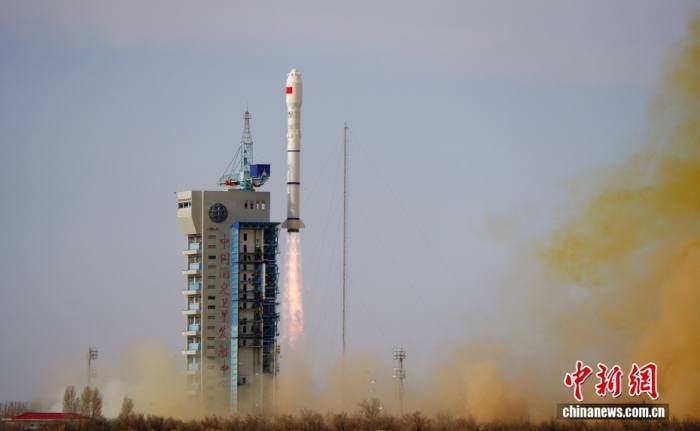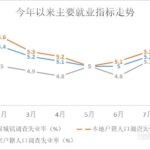At 12:01 Beijing time, China successfully launched the Shijian-30 A, B, and C satellites using a Long March-2C carrier rocket from the Jiuquan Satellite Launch Center. The satellites entered their planned orbits smoothly, marking a complete success for the launch mission. These satellites are primarily used for space environment detection and related technology verification.
This mission represents the 608th flight of the Long March rocket series.
Jiuquan Satellite Launch Center
The Jiuquan Satellite Launch Center, established in 1958, is China’s first and one of its most famous satellite launch facilities. Located in the Gobi Desert, it has been the primary site for launching the country’s crewed Shenzhou spacecraft into orbit. It remains a key base for China’s ambitious space program, including missions for its space station and other scientific satellites.
Long March-2C
The Long March-2C is a Chinese orbital launch vehicle that first flew in 1982 and was developed by the China Academy of Launch Vehicle Technology. It was one of the early rockets in the Long March family, designed to launch satellites into low Earth and sun-synchronous orbits. Known for its reliability, it has been a workhorse for China’s space program, launching numerous scientific, technological, and reconnaissance payloads over several decades.
Shijian-30 A
Shijian-30 A is a Chinese experimental satellite, the first of the Shijian-30 series, launched in 2017. It was designed for in-orbit verification of new electric propulsion technology and other scientific experiments. This satellite series is part of China’s advanced space technology development program.
Shijian-30 B
Shijian-30 B is a Chinese experimental satellite, part of the Shijian-30 series, which was launched in 2017. Its primary mission is to conduct in-orbit experiments for new electric propulsion technology and other scientific research. This satellite program is part of China’s broader efforts to advance its space technology and capabilities.
Shijian-30 C
“Shijian-30 C” is a Chinese experimental satellite, part of the larger Shijian-30 series, which was launched to conduct scientific experiments and verify new space technologies. These satellites are typically used for tasks such as space environment detection, communications tests, and other technological demonstrations in medium Earth orbit.
Long March rocket series
The Long March rocket series is China’s family of expendable launch vehicles, developed by the China Aerospace Science and Technology Corporation. First launched in 1970 with the successful deployment of the Dong Fang Hong I satellite, the series has evolved through multiple generations to become a workhorse for China’s space program. These rockets have enabled numerous missions including satellite launches, crewed spaceflights, and lunar exploration.


